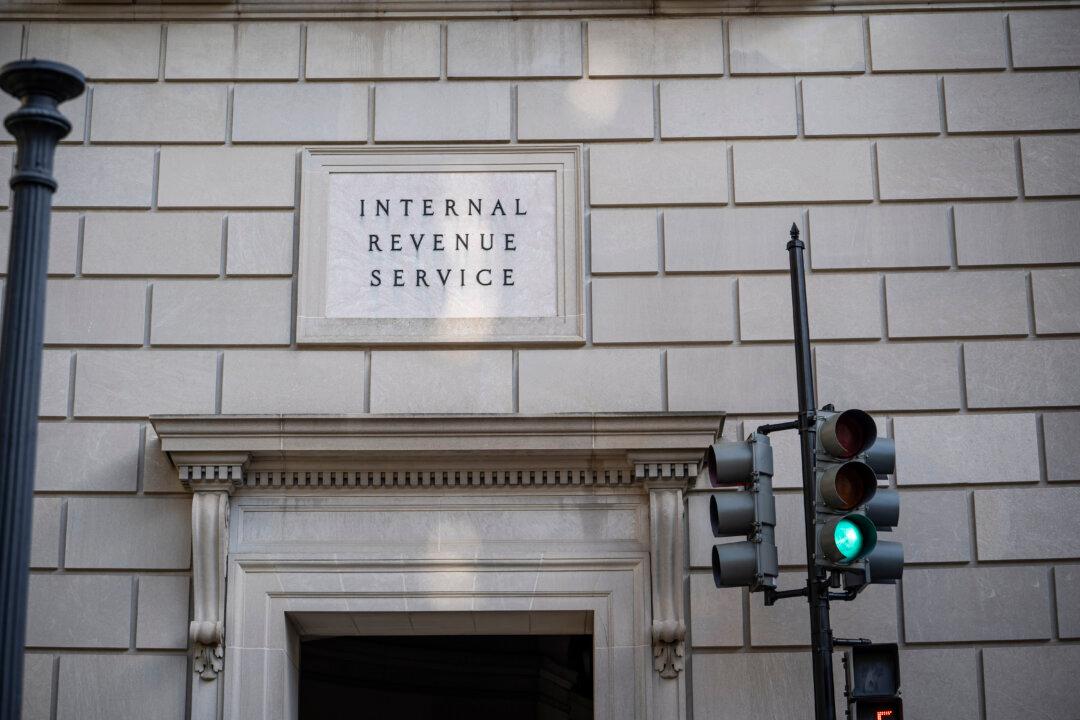The agency’s last monthly employment report ahead of the Nov. 3 presidential election shows labor market recovery continues from the lockdown-driven lows of March and April, although at a slowing pace. Employment growth peaked in June, when payrolls jumped by a record 4.781 million jobs, dropping to 1.761 million jobs added in July, and 1.489 million in August.
So far, the economy has recovered roughly half of the 22 million jobs lost due to lockdowns and other measures in response to the outbreak of the CCP (Chinese Communist Party) virus. Overall, September’s nonfarm employment remains below its pre-pandemic level by about 10.7 million jobs, or 7 percent.
Yet with the pace of job creation last month falling below 1 million, it could be many months before the economy recovers the remaining 10 million-plus jobs and completes a V-shaped recovery in the labor market.
“The big gains from business re-openings are fading,” said Gus Faucher, chief economist at PNC Financial in Pittsburgh. “Job growth will slow through the rest of 2020 and in 2021.”
The Labor Department report showed that private-sector employers added 877,000 jobs in September, with the topline payrolls number driven down by a drop in the number of government jobs, which fell by 216,000. The biggest decline was in the category of local government education, which shed 231,100 jobs in September.
The unemployment rate, after peaking at 14.7 percent in April, has fallen steadily, and for Americans 16 years or older stood at 7.9 percent in September. This is the same rate of unemployment as October 2012, a month before President Barack Obama was reelected.

Asian Americans saw the biggest month-over-month drop in unemployment in September, with their jobless rate dropping by 1.8 percentage points to 8.9 percent. Black or African American workers experienced the next largest monthly drop in joblessness, down by nearly a full percentage point to 12.1 percent. Joblessness among white workers declined by 0.3 percentage points, while unemployment among those of Hispanic or Latino ethnicity ticked down by 0.2 percentage points.
Economic output data released by the Commerce Department on Sept. 30 confirmed that the economy suffered its sharpest contraction in at least 73 years in the second quarter amid widespread business lockdowns and other measures related to the virus outbreak. Record growth is predicted in the third quarter, buoyed by fiscal stimulus and the resumption of many business operations, but factors like uncertainty around another rescue package and a possible spike in infections in the fall, gross domestic product estimates for the fourth quarter are being slashed.
Economists cited by Reuters have revised their fourth-quarter predictions down to an annualized quarterly rate of around 2.5 percent from above a 10 percent pace.
“With economic momentum cooling, fiscal stimulus expiring, flu season approaching, and election uncertainty rising, the main question is how strong the labor market will be going into the fourth quarter,” said Gregory Daco, chief U.S. economist at Oxford Economics in New York.
Meanwhile, the number of Americans seeking unemployment benefits fell last week to 837,000, which, while down by 36,000 from the previous week, remains above the 2007-08 Great Recession peak of 665,000 weekly filings.
“This marks 28 weeks since the COVID-caused downturn ignited an eruption of historic and, as we see once again, sustained job loss, even as some employers bring employees back to work,” said Mark Hamrick, senior economic analyst at Bankrate, in an emailed statement to The Epoch Times.





